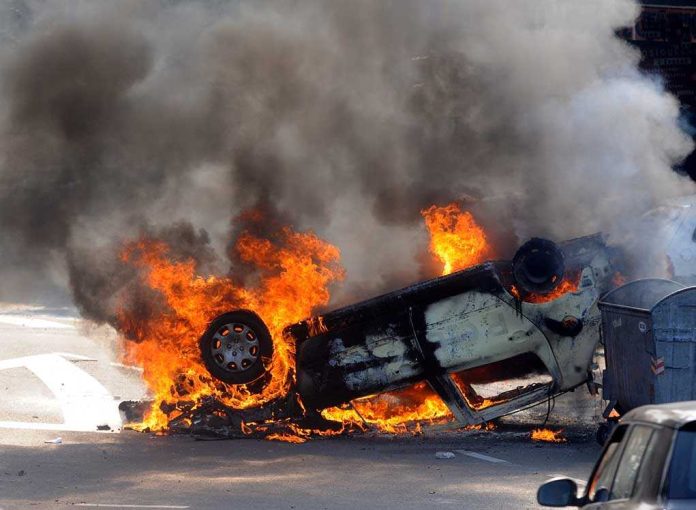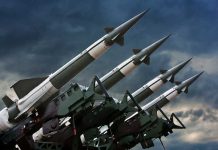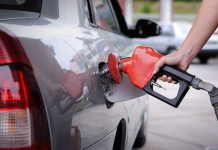
One ordinary trash fire in the Bronx triggered a city-shaking explosion, transforming a quiet block into a scene straight out of an action movie—and left even seasoned New York firefighters scrambling for cover.
Story Snapshot
- A trash fire in the Bronx spread to vehicles, causing a violent car explosion and massive fireball.
- Seven New York City firefighters were injured responding to the incident.
- The event underscores the unpredictable dangers first responders face from seemingly routine fires.
- Questions linger about how urban hazards like these can escalate without warning.
Explosion in the Bronx: A Routine Call Turns Catastrophic
Firefighters in New York City have seen it all: burning buildings, hazardous spills, subway emergencies. But on this day in the Bronx, a simple trash fire morphed into a high-stakes crisis when flames licked across a parking area, igniting several vehicles. Witnesses described the sudden eruption—a blast so intense it sent a fireball towering above rooftops, its shockwave rattling windows blocks away. For the firefighters arriving on scene, the situation escalated from manageable to mayhem in seconds, as they found themselves battling not just fire, but the violent power of an urban explosion.
First responders rushed forward, knowing the routine can become deadly at any moment. Seven firefighters sustained injuries in the chaos, some from the blast’s force, others from the searing heat and flying debris. The city’s emergency services, already stretched thin, worked in tandem to contain the inferno and tend to the wounded. The scene, captured by bystanders on cell phones, instantly became the latest viral reminder of the unpredictable hazards lurking in city life, igniting public debate over fire safety, city infrastructure, and the ongoing pressures faced by those who protect it.
What Ignited This Blaze? Tracing the Fire’s Deadly Path
Investigators quickly zeroed in on the fire’s origin. The initial trash fire—often little more than a smoldering inconvenience in dense neighborhoods—had spread with shocking speed, fueled by flammable debris and unseasonably dry conditions. As flames crept toward parked cars, the volatile combination of gasoline fumes and intense heat set the stage for disaster. Experts warn that densely packed vehicles, especially in older neighborhoods with minimal firebreaks, create ideal conditions for chain-reaction explosions. The Bronx incident starkly illustrates how everyday urban clutter can rapidly escalate into catastrophe, particularly when municipal waste systems and fire prevention measures lag behind the demands of modern city living.
City officials, under renewed scrutiny, fielded tough questions about fire code enforcement and the state of local infrastructure. Residents recalled similar near-misses in recent years, raising concerns that the risks are growing, not diminishing. The rapid spread of the fire and the ensuing explosion have reignited calls for stricter controls on illegal dumping, improved public awareness campaigns, and greater investment in first responder resources.
Urban Firefighting: The Unforgiving Realities Behind the Uniform
Few understand the full extent of the risks New York City firefighters face on calls like this one. Despite rigorous training and advanced equipment, the city’s first responders operate in an environment where the unexpected is the norm. Car fires, for example, present unique hazards: exploding fuel tanks, toxic fumes, and unpredictable debris can turn a standard fire call into a life-threatening event. The Bronx explosion laid bare the physical and psychological toll such incidents inflict on those sworn to protect the city. As injured firefighters recover, their colleagues and families grapple with the knowledge that every call—no matter how routine—carries the potential for disaster.
Policy makers and fire chiefs have seized on the incident to advocate for more robust support and better protective measures. The city’s fire department leadership has pointed to the Bronx disaster as a wake-up call, urging renewed focus on both prevention and preparedness. For the public, the event serves as a potent reminder: behind every siren and flashing light is a team of professionals risking everything to keep the city safe—even when the threat comes from something as mundane as a burning trash pile.









